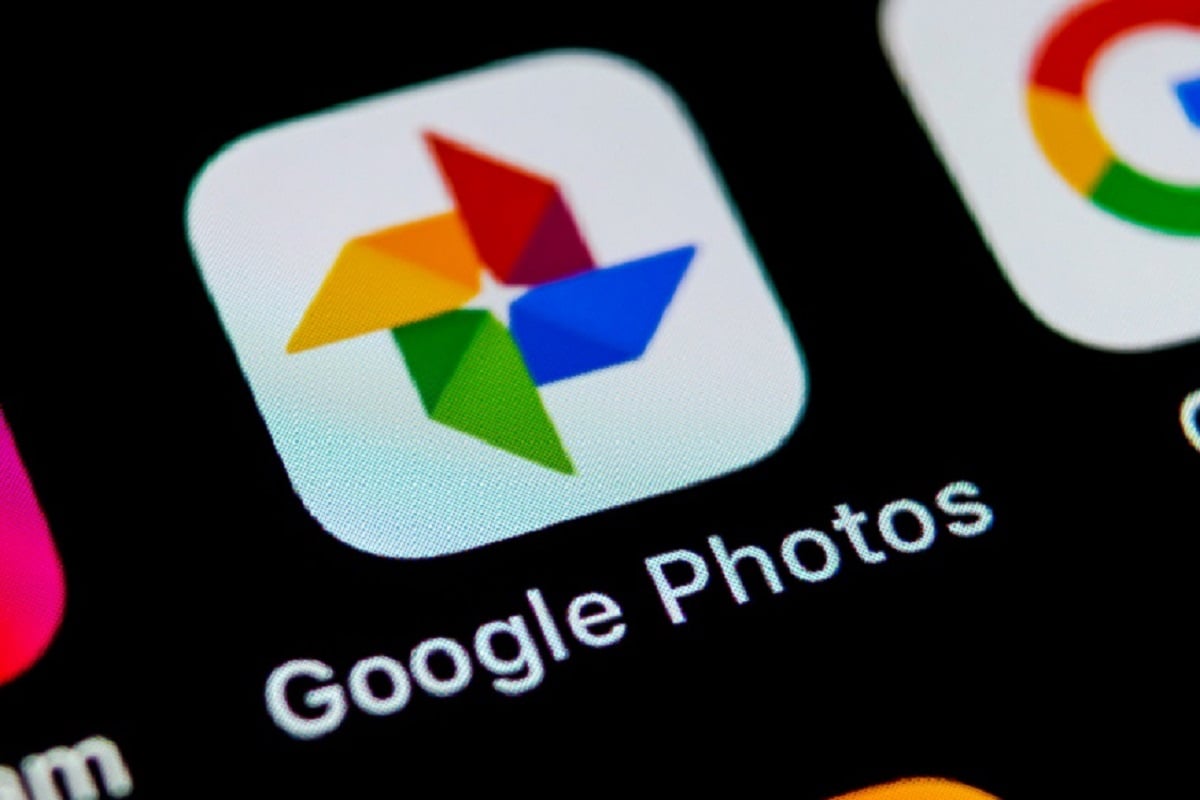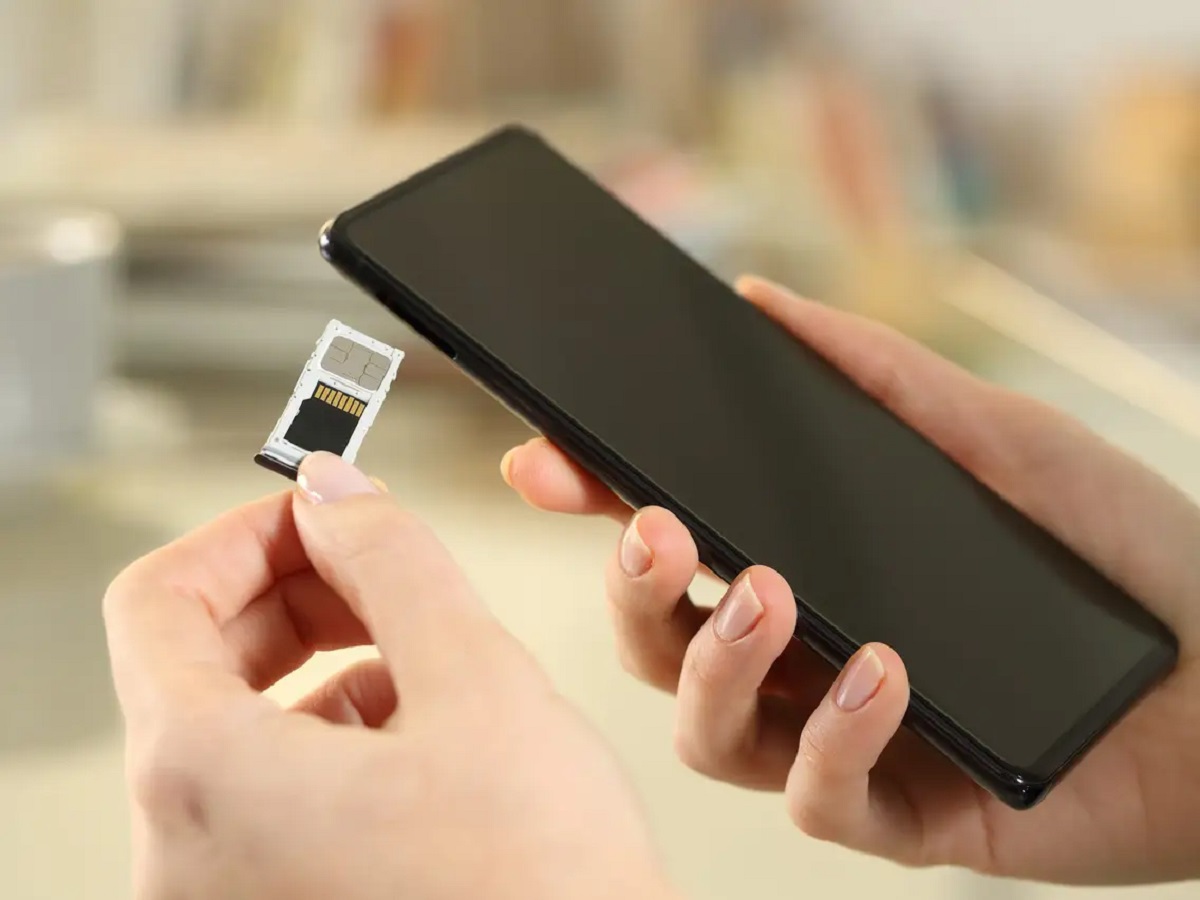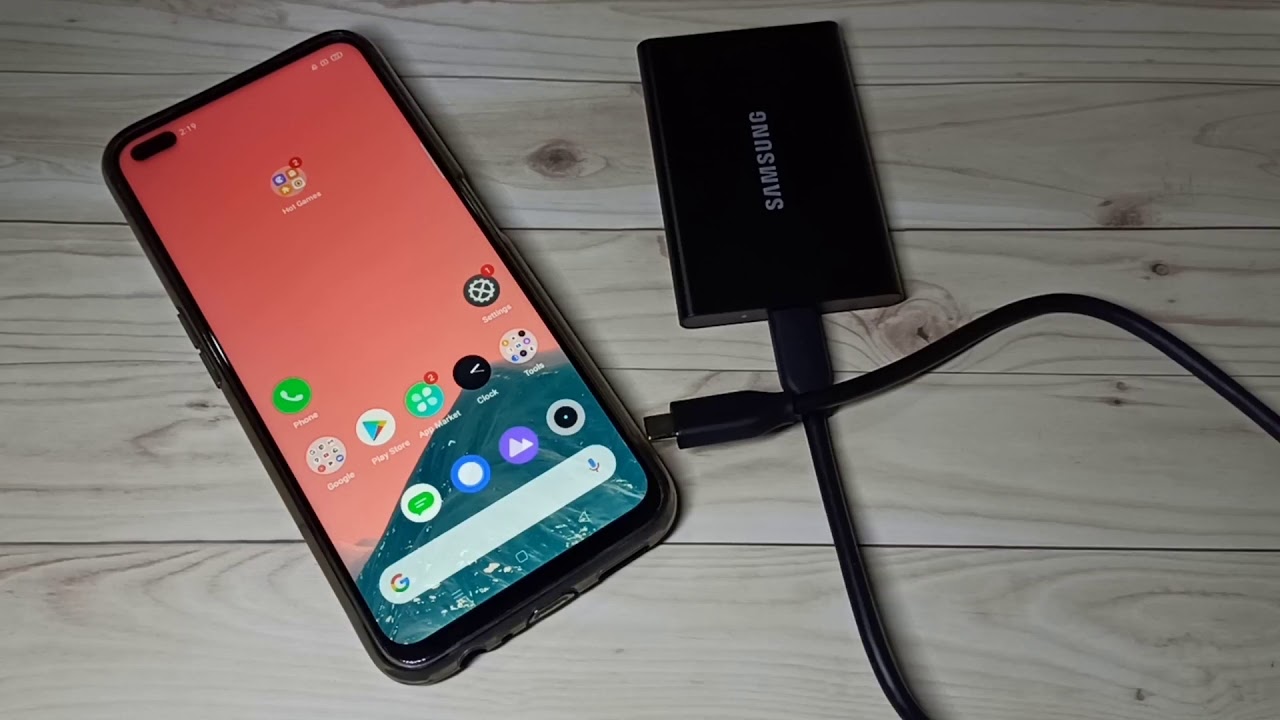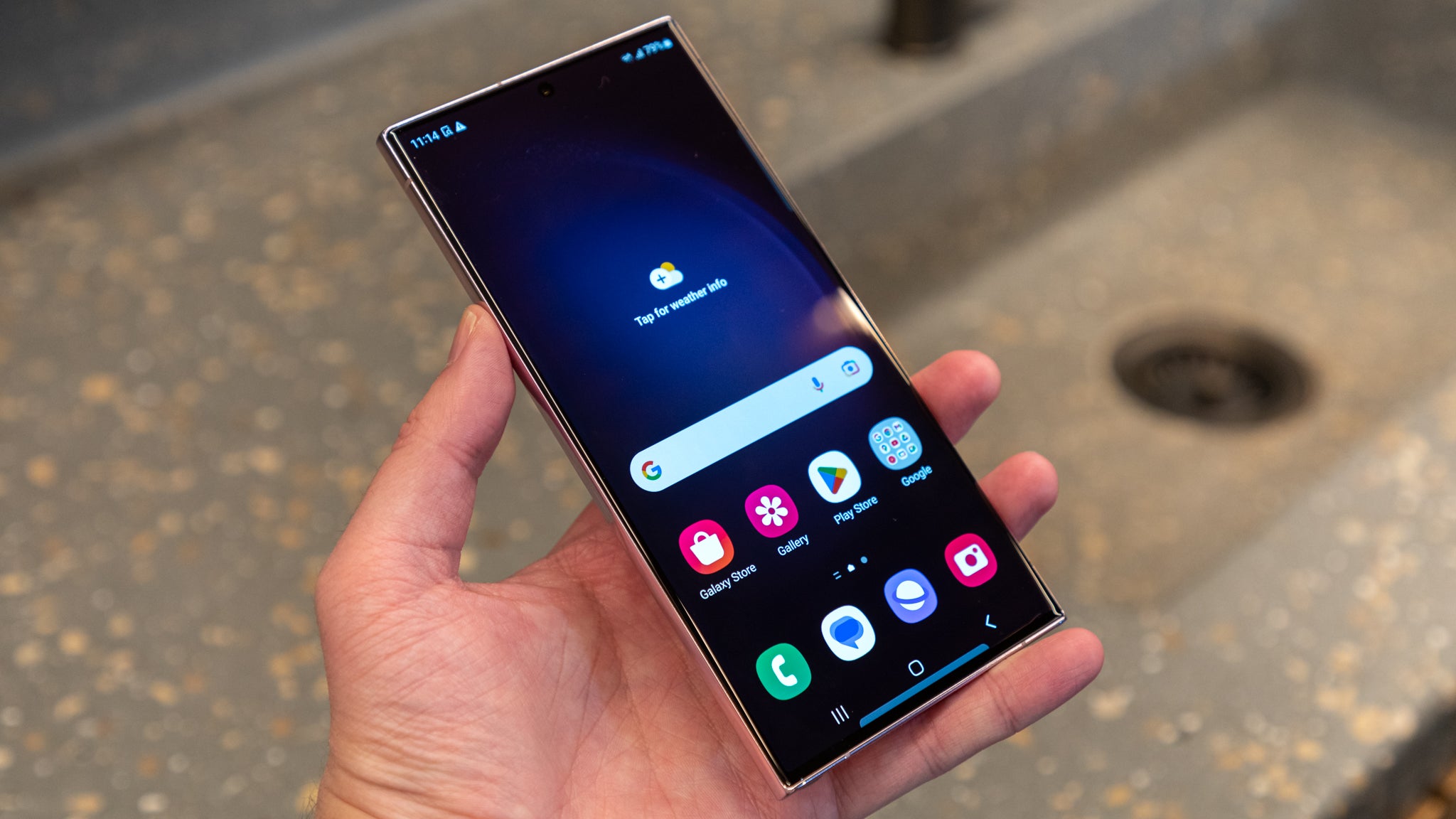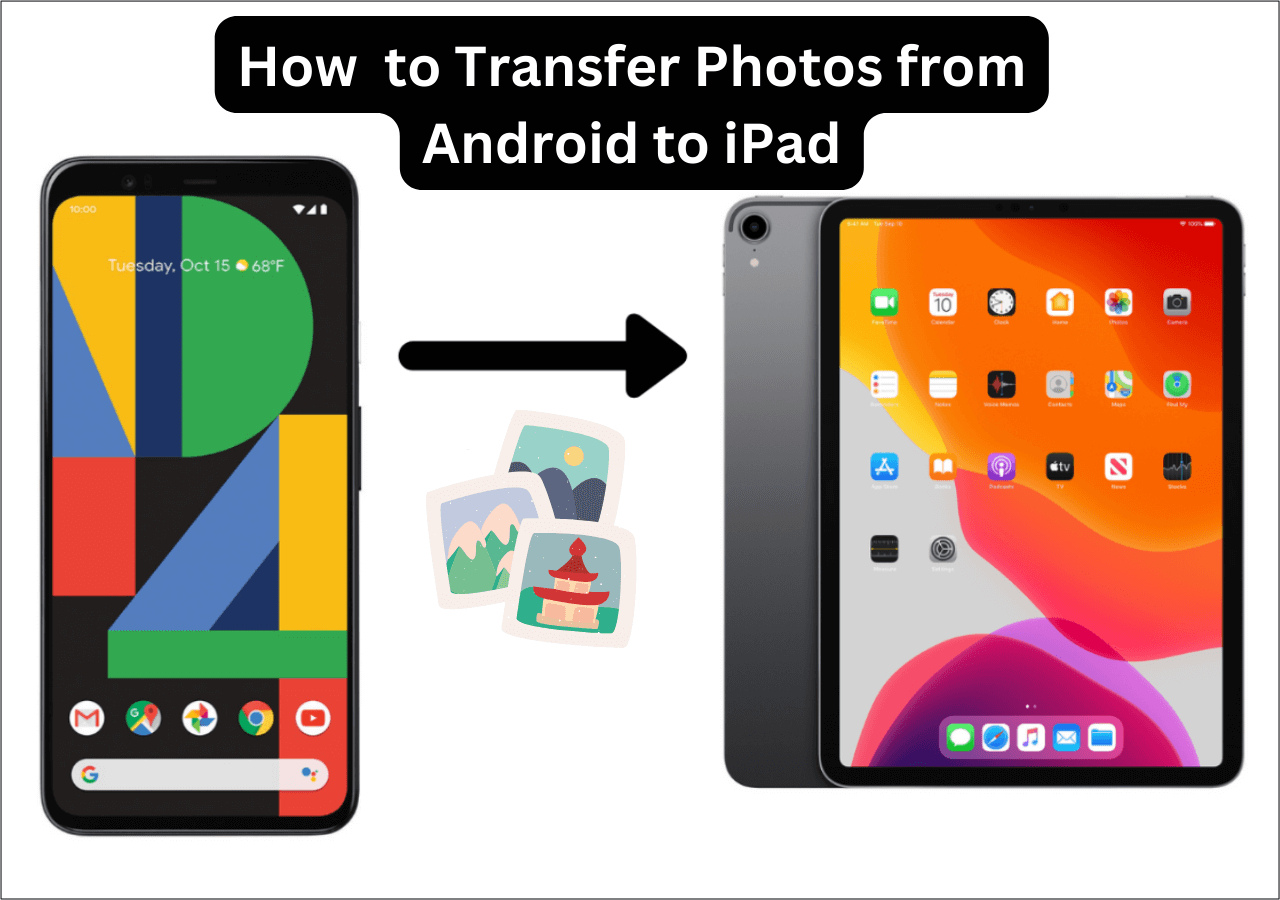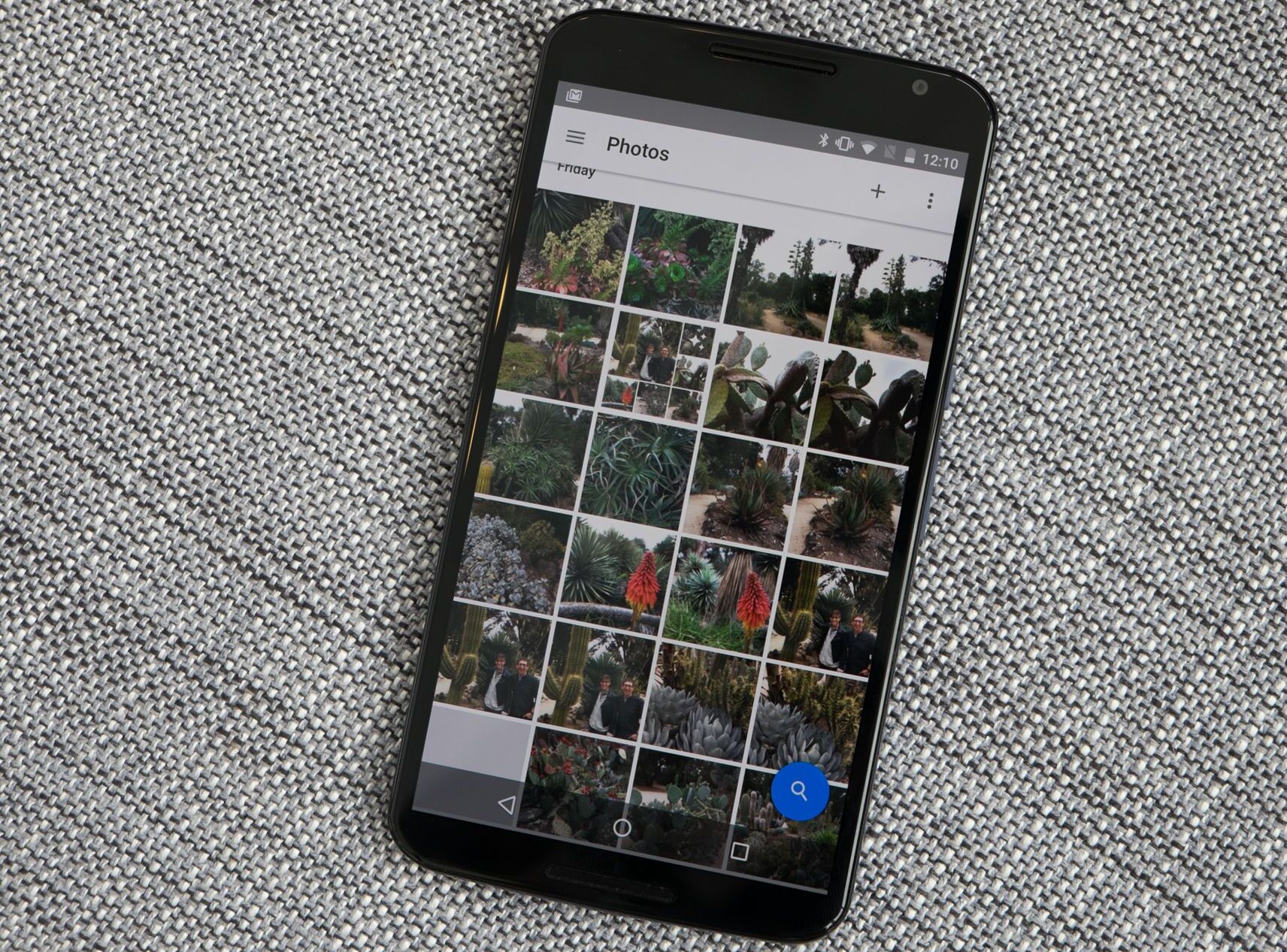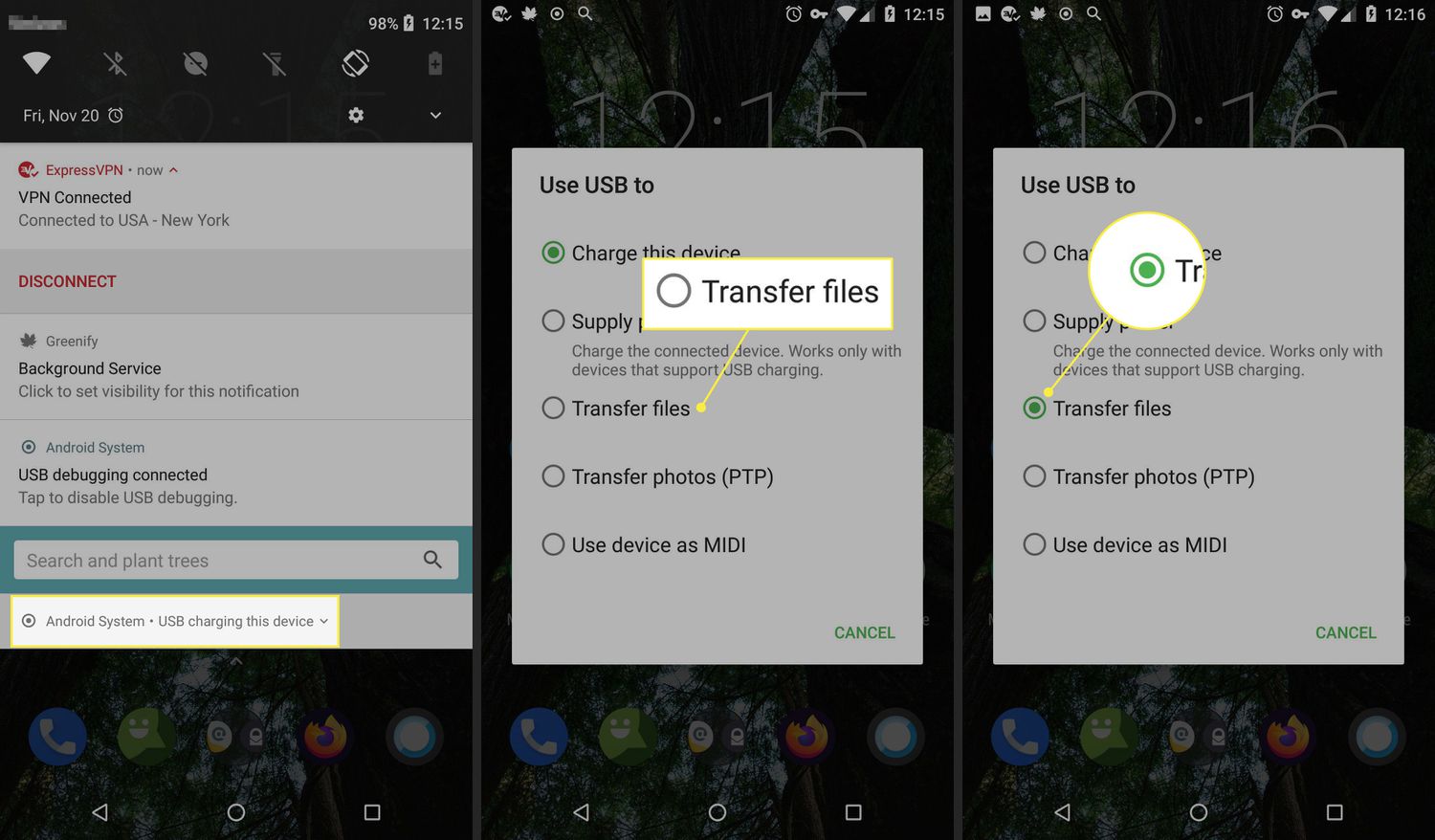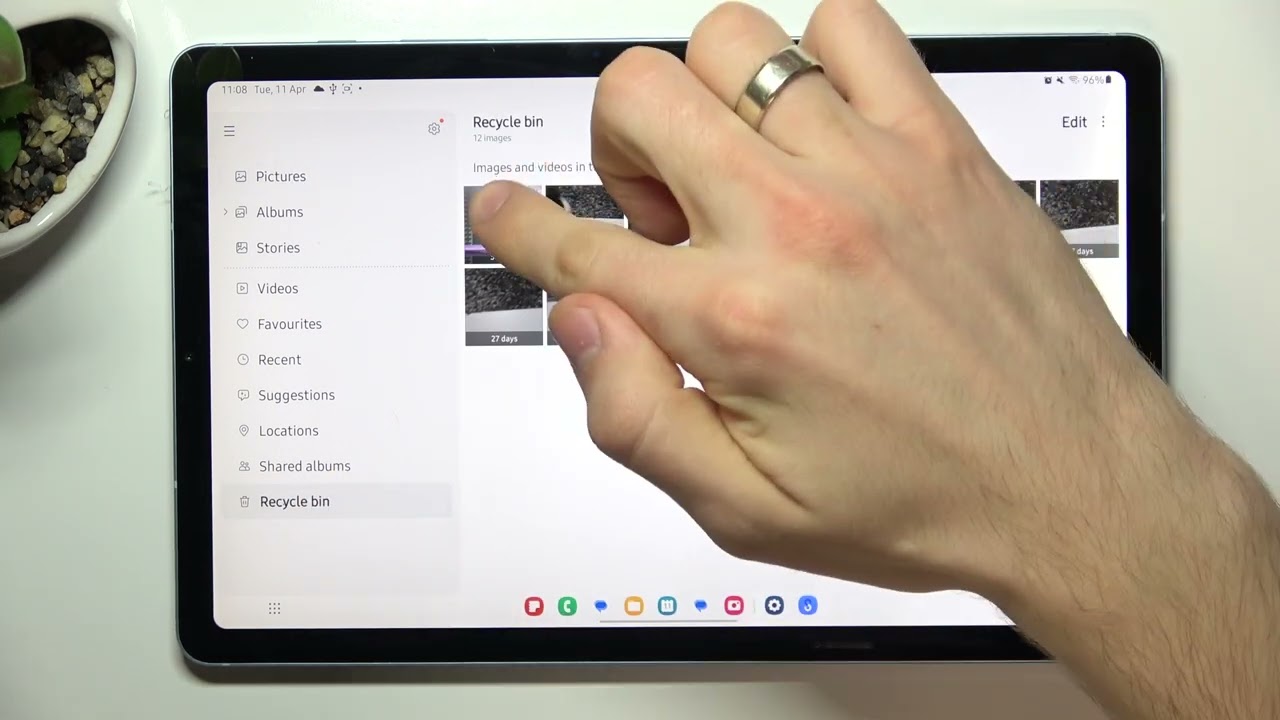Introduction
When it comes to storing and organizing pictures on an Android device, it’s essential to understand where these precious memories are being saved. With the increasing popularity of smartphones and the ever-growing camera capabilities of Android devices, having a clear understanding of where pictures are stored can be immensely helpful.
The Android operating system makes use of a versatile file system that allows for different storage options and locations. Knowing where your pictures are stored can help you easily access, manage, and back them up. In this article, we will explore the various places where pictures can be stored on Android devices, helping you navigate your way through the vast digital gallery of memories.
From internal storage to SD cards and cloud storage platforms, Android offers multiple options for storing pictures. Each location has its own folder structure and access methods, making it important to know where to find your photos in different scenarios. So, let’s dive into the intricate world of Android file storage and discover where your pictures are stored.
Understanding the Android File System
To understand where pictures are stored on Android, it’s crucial to have a basic understanding of the Android file system. Android devices typically use a file structure that consists of multiple storage options, each serving a specific purpose. Let’s explore the main types of storage locations:
1. Internal Storage: This is the primary storage space on your Android device. It is where the operating system and essential system files are stored. Additionally, it houses user data, including pictures, videos, and app data. The internal storage is divided into partitions, with one partition dedicated to the system and another partition for user data.
2. SD Card: Some Android devices allow users to expand their storage capacity by inserting an SD (Secure Digital) card. This external storage option is particularly useful for storing media files, such as pictures and videos. SD cards provide additional space and can be easily removed and transferred to other devices.
3. Cloud Storage: Android devices often integrate cloud storage services like Google Drive, Dropbox, or OneDrive. These platforms allow users to store their files, including pictures, on remote servers. Cloud storage provides the advantage of accessing files from multiple devices and ensuring data backup in case of device loss or damage.
With this foundational understanding of the Android file system, you’re now ready to explore the various locations where pictures can be stored on your Android device. In the following sections, we will delve into specific folders and directories where your pictures may reside, making it easier for you to locate and manage them.
Internal Storage
Internal storage is the primary storage location on your Android device. It is where the operating system, system files, apps, and user data are stored. When it comes to pictures, Android devices typically have a designated folder where camera photos and screenshots are saved.
The exact location of the camera and screenshots folder can vary depending on the device manufacturer and Android version. However, a common location for these folders is the “DCIM” (Digital Camera Images) directory. To access the pictures stored in internal storage:
- Open the file manager app on your Android device. This app may be pre-installed or can be downloaded from the Google Play Store.
- Navigate to the “Internal storage” or “Device storage” option.
- Look for the “DCIM” folder or a similarly named directory.
- Within the “DCIM” folder, you should find sub-folders such as “Camera” or “Screenshots”.
- Open the appropriate folder to access your camera photos or screenshots.
Keep in mind that different devices may organize the folders in slightly different ways. Some manufacturers may have their own custom gallery apps, which may affect the folder structure or naming conventions. However, the “DCIM” directory is a common starting point for locating pictures stored in the internal storage of most Android devices.
In addition to the camera and screenshots folders, other apps may have their own dedicated folders for storing pictures. For example, certain messaging apps and social media apps create separate folders to store images received or downloaded through the app. These folders are usually stored in the internal storage directory associated with the respective app.
Overall, internal storage is a convenient and easily accessible location for storing pictures on your Android device. However, it may have limited space, especially on devices with lower storage capacities. In such cases, it’s important to periodically backup your pictures to external storage or cloud storage platforms to ensure you don’t run out of space and risk losing your important memories.
Camera and Screenshots Folder
One of the most common folders where pictures are stored on Android devices is the camera and screenshots folder. Whenever you capture a photo or take a screenshot, these files are automatically saved to a dedicated folder on your device. The location of this folder may differ depending on the device manufacturer and Android version.
As mentioned earlier, the camera and screenshots folder is often found within the “DCIM” (Digital Camera Images) directory. This directory serves as a central location for storing all your camera-related files. To find the camera and screenshots folder:
- Open the file manager app on your Android device.
- Navigate to the “Internal storage” or “Device storage” option.
- Look for the “DCIM” folder and open it.
- Within the “DCIM” folder, search for sub-folders like “Camera” or “Screenshots”.
- Open the appropriate folder to access your camera photos or screenshots.
Once you locate the camera folder, you will find all the pictures you have taken with the device’s camera. This includes both photos taken directly from the camera app and images from other apps that utilize the camera functionality.
The screenshots folder, on the other hand, contains all the screenshots you have captured on your Android device. This folder is especially useful when you need to quickly access or share screenshots taken for various purposes, such as saving important information or capturing memorable moments.
It’s worth noting that some Android devices may have additional camera-related folders, such as “Pictures” or the manufacturer’s proprietary gallery app folders. These folders may offer additional features or organization options for your pictures, but the camera and screenshots folders within the “DCIM” directory are the most commonly used and easily accessible locations.
Managing and organizing the pictures in the camera and screenshots folder can be done directly from the file manager app. You can move, rename, delete, or copy pictures as desired to keep your photo collection organized and clutter-free.
Remember to regularly back up your camera photos and screenshots to a secure location like cloud storage or an external device to prevent data loss and preserve your cherished memories.
Image Gallery
In addition to the specific camera and screenshots folders, Android devices often come with a pre-installed image gallery app. This gallery app serves as a centralized location for viewing and managing all your pictures, providing a convenient way to browse through your entire photo collection.
The image gallery app on Android consolidates pictures from various sources, including the camera, screenshots, and other folders on your device. It creates a visually appealing interface that allows you to organize, edit, and share your pictures with ease.
Opening the image gallery app will typically display a grid or list view of all the pictures stored on your device. You can navigate through albums, view pictures individually, or even create custom albums for better organization.
Along with basic viewing options, image gallery apps often provide additional features such as editing tools, filters, and slideshow capabilities. These tools allow you to enhance your photos or create captivating presentations of your favorite memories.
It’s important to note that the image gallery app may not store pictures directly in its own folder. Instead, it pulls images from various locations on your device, including the camera and screenshots folders, as well as other apps and external storage such as SD cards.
If you need to locate the actual folder where the image gallery app sources pictures from, you can usually find it by:
- Opening the file manager app on your Android device.
- Navigating to the “Internal storage” or “Device storage” option.
- Looking for a folder named after the gallery app or a generic “Pictures” folder.
However, keep in mind that the actual folder structure and naming conventions may vary depending on the device and the specific gallery app installed.
The image gallery on Android provides a user-friendly interface for managing and enjoying your photo collection. It allows you to easily access all your pictures, regardless of their storage location, and offers various tools and features to enhance your viewing and sharing experience.
Remember to regularly back up your pictures and albums from the image gallery to ensure your memories are safely preserved, even in the event of a device malfunction or loss.
Messaging Apps
Messaging apps have become an integral part of our daily communication, and they often facilitate the sharing of pictures. Android devices provide a range of messaging apps like WhatsApp, Facebook Messenger, and Telegram, which allow users to exchange messages, multimedia files, and, of course, pictures.
When you receive or send pictures through messaging apps, these images are typically saved in separate folders associated with each app. The specific location of these folders can vary based on the messaging app and device manufacturer.
To locate the folders where messaging apps store pictures, you can follow these general steps:
- Open the file manager app on your Android device.
- Navigate to the “Internal storage” or “Device storage” option.
- Look for a folder named after the messaging app you are using, such as “WhatsApp” or “Telegram”.
- Open the respective folder to access the stored pictures.
Within the messaging app’s folder, you may find subfolders like “Media” or “Images”, where the received and sent pictures are stored. Some apps may further categorize images based on conversations or contacts.
It’s worth noting that certain messaging apps offer the option to automatically save received pictures to your device’s default storage location, such as the camera or downloads folder. In this case, you may also find the pictures in those respective folders.
If you want to manually save pictures received through messaging apps, you can do so by accessing the individual conversations and selecting the “Save” or similar option provided by the messaging app. This will usually store the picture to the app’s designated folder or your device’s default storage location.
Managing your pictures within messaging apps can be done through the app itself. You can delete unwanted pictures from conversations, organize them into albums, or use the app’s built-in features to edit and share pictures with your contacts.
Remember to periodically review and clean up the picture folders within your messaging apps to free up space on your device and ensure that your photo collection remains tidy and easily accessible.
Additionally, it’s important to back up your pictures from messaging apps, as they may not be automatically included in your device’s regular backup process. You can manually back up the pictures by saving them to other folders or using the cloud storage options provided by the messaging app.
Social Media Apps
Social media platforms have revolutionized the way we share and consume visual content, making them an important consideration when it comes to storing and accessing pictures on Android devices. Popular social media apps like Instagram, Facebook, and Twitter provide users with the ability to upload, view, and share pictures with their friends and followers.
When you upload pictures to social media apps, they are typically stored on the respective platform’s servers. This means that the pictures are not directly stored on your device but can be accessed through the app itself.
To view the pictures you have uploaded to social media apps and manage your photo collection, follow these steps:
- Open the desired social media app on your Android device.
- Navigate to the “Profile” or “Pictures” section within the app.
- Here, you will find all the pictures you have uploaded to the platform.
Social media apps often provide additional functionality for organizing, editing, and sharing your pictures. You can create albums, tag people, apply filters, and add captions to enhance your posts. These features allow you to curate a visually appealing profile and engage with your friends and followers.
It’s important to note that social media apps may not store the original, high-resolution versions of your uploaded pictures on your device. To access the highest quality version of a picture, you may need to download it from the app or request a copy from the platform’s data archive.
Another aspect to consider is that social media apps often cache images on your device to improve loading times and offline viewing. These cached images are stored in designated folders related to each app.
To locate the folders where social media apps store cached images, you can follow these general steps:
- Open the file manager app on your Android device.
- Navigate to the “Internal storage” or “Device storage” option.
- Look for folders related to the social media apps you have installed, such as “Instagram” or “Facebook”.
- Inside these folders, you may find subfolders like “Cache” or “Media” that contain cached images.
Managing the cache of social media apps can help free up storage space on your device. You can do this through the app settings or by clearing app cache from the device’s system settings.
While social media apps provide a convenient platform for sharing and accessing pictures, it’s essential to back up your photos outside of these platforms. This ensures that you have copies of your cherished memories, even if something were to happen to your social media accounts.
Consider regularly downloading your pictures from social media apps and storing them in your preferred backup method, such as cloud storage or external storage devices.
Cloud Storage
Cloud storage has revolutionized the way we store and access our digital files, including pictures. Android devices often offer integration with popular cloud storage platforms like Google Drive, Dropbox, or OneDrive, allowing users to seamlessly store and sync their pictures across multiple devices.
Cloud storage provides several advantages when it comes to storing pictures:
- Accessibility: Storing pictures in the cloud allows you to access them from any device with an internet connection. This means you can view and download your pictures on your Android device, laptop, or even through a web browser.
- Backup and Sync: Cloud storage platforms typically offer automatic backup and sync features. Once enabled, all your pictures will be automatically uploaded to the cloud, ensuring they are securely stored. Any changes or additions made to your pictures on one device will be reflected across all your devices.
- Storage Capacity: Cloud storage platforms often provide ample storage capacity, allowing you to store a large number of pictures without worrying about running out of space on your device.
To access your pictures stored in the cloud using an Android device, you can follow these general steps:
- Install the cloud storage app associated with your chosen platform from the Google Play Store.
- Open the cloud storage app on your Android device.
- Sign in to your account or create a new account if you don’t already have one.
- Navigate to the “Photos” or “Pictures” section within the app.
- Here, you will find all the pictures you have stored in the cloud.
Cloud storage apps provide features for viewing, organizing, and sharing your pictures. You can create folders, albums, or add tags to better categorize your photo collection. Some platforms may even offer advanced search capabilities to help you find specific pictures quickly.
It’s important to ensure that you have a reliable internet connection when accessing pictures stored in the cloud, as slow or intermittent connections may affect loading times and the overall user experience.
Regularly backing up your pictures to cloud storage ensures that your memories are securely stored and easily retrievable. It provides an additional layer of protection against device loss, damage, or accidental deletion. However, it’s always a best practice to have multiple backup options to avoid the risk of complete data loss.
Consider implementing a comprehensive backup strategy that includes both cloud storage and physical backups to external storage devices. This way, you can have peace of mind knowing that your pictures are safe and accessible, regardless of any unforeseen circumstances.
SD Card
An SD (Secure Digital) card is an external storage device that can be used to expand the storage capacity of your Android device. With an SD card inserted, you can store pictures, videos, and other files separately from your device’s internal storage.
Using an SD card to store pictures offers several benefits:
- Increased Storage Space: SD cards come in various capacities, allowing you to significantly expand your device’s storage capacity. This additional space is especially useful for storing large collections of pictures and videos.
- Portability: SD cards can be easily inserted and removed from your Android device. This portability allows you to transfer pictures to other devices or share them with others conveniently.
- Backup Option: If your Android device supports it, you can set up your SD card as an additional backup location. This provides an extra layer of protection for your pictures, ensuring you have multiple copies.
To access the pictures stored on an SD card, follow these general steps:
- Ensure that the SD card is properly inserted into your Android device.
- Open the “File Manager” app or a dedicated file explorer app on your device.
- Navigate to the “SD card” or “External storage” option.
- Look for a folder named “Pictures,” “Photos,” or a directory with a similar name.
- Open the folder to access the pictures stored on the SD card.
It’s important to note that the exact folder structure and naming conventions may vary depending on the device and the app you’re using to access the SD card. Some devices may also allow you to choose a specific location for saving pictures directly to the SD card, whether it be from the camera app or other file-sharing apps.
When using an SD card to store pictures, it’s advisable to periodically back up the contents to another storage location. This backup ensures that your pictures are safe in case of SD card failure or loss.
Also, be cautious when removing the SD card from your device to prevent data corruption. Use the appropriate method to unmount or eject the SD card to avoid potential data loss or damage.
While SD cards provide additional storage options, their use is dependent on the device’s compatibility and available slots. Additionally, be aware that using an SD card may impact overall device performance, especially if the card’s read and write speeds are slower than the device’s internal storage.
By utilizing an SD card, you can conveniently expand your Android device’s storage capacity and store a large number of pictures. Just ensure proper handling and backup practices to keep your valuable memories safe and accessible.
Conclusion
Understanding where pictures are stored on your Android device is crucial for easy access, organization, and backup of your valuable memories. By exploring the various storage locations within the Android file system, you can efficiently manage and retrieve your pictures whenever you need them.
We’ve discussed the primary storage options, including internal storage and SD cards, where pictures can be stored directly on your device. The camera and screenshots folders within the “DCIM” directory serve as the main repositories for photos and screenshots, while messaging apps and social media apps often create their own folders for storing shared pictures.
In addition to the device’s storage options, cloud storage platforms offer a convenient way to store and access pictures from anywhere with an internet connection. Cloud storage provides backup, sync, and accessibility features, making it a reliable option for preserving your pictures and ensuring their safety.
Lastly, SD cards offer a portable and expandable storage solution for Android devices. They provide additional storage space and allow for easy transfer of pictures to other devices. However, it’s important to regularly back up the SD card’s contents to avoid data loss.
To effectively manage and organize your pictures, consider utilizing the built-in image gallery app on your Android device. This app consolidates pictures from various sources, providing a user-friendly interface for viewing, editing, and sharing.
Remember to back up your pictures regularly, whether through cloud storage, external storage devices, or a combination of both. This practice ensures that your cherished memories are protected and accessible, even in the face of device failure or loss.
By having a clear understanding of where your pictures are stored on Android and implementing sound backup strategies, you can preserve your memories and enjoy easy access to your photo collection for years to come.







